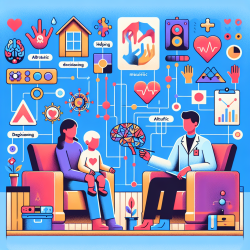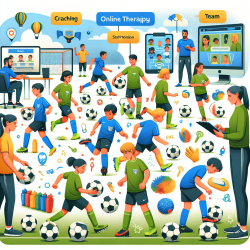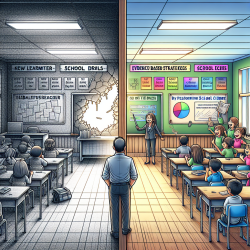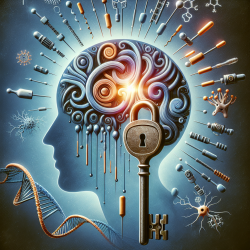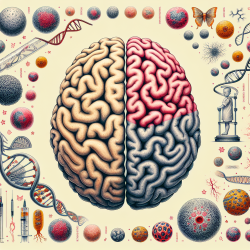Introduction
In the realm of child therapy, understanding the underpinnings of decision-making processes can significantly impact therapeutic outcomes. A recent study titled Neurocomputational models of altruistic decision-making and social motives: Advances, pitfalls, and future directions offers valuable insights into the neurocomputational mechanisms that drive altruistic behavior. This blog explores how these insights can be applied to improve therapeutic practices, particularly in online therapy services like those provided by TinyEYE.
Understanding Altruistic Decision-Making
The research by Tusche and Bas (2021) delves into the motivations, precursors, and mechanisms of altruistic decision-making. It highlights how integrating computational models with social neuroscience can advance our understanding of behaviors that promote others' welfare. This is particularly relevant in child therapy, where practitioners aim to foster prosocial behavior and empathy in children.
Key Insights from the Study
- Multilevel Approach: The study emphasizes a multilevel, computational approach to studying altruistic behavior, integrating evidence from neuroimaging, psychology, and economics.
- Neural Processes: It outlines various mental and neural processes relevant to altruism, providing a framework for understanding how children make decisions that benefit others.
- Social Emotions and Cognitions: The research discusses the role of social emotions and cognitions, such as empathy and theory of mind, in altruistic decision-making.
Application in Child Therapy
For practitioners, these insights can be transformative. By understanding the neural and cognitive processes that underpin altruistic behavior, therapists can tailor interventions to nurture these traits in children. Here are some practical applications:
- Empathy Development: Use neurocomputational insights to design activities that enhance empathy and social understanding, crucial for developing altruistic behavior.
- Targeted Interventions: Implement targeted interventions that focus on specific neural processes, such as those related to reward and decision-making, to encourage prosocial behavior.
- Data-Driven Decisions: Leverage data from neuroimaging and behavioral studies to inform therapy practices, ensuring interventions are evidence-based and effective.
Encouraging Further Research
While the study provides a robust framework, it also highlights potential pitfalls and areas for further research. Practitioners are encouraged to explore these areas to refine their approaches and contribute to the growing body of knowledge in this field. Engaging with ongoing research can help therapists stay at the forefront of innovative practices, ultimately benefiting the children they serve.
Conclusion
Integrating neurocomputational models into child therapy offers a promising avenue for enhancing therapeutic outcomes. By understanding and applying the insights from the study on altruistic decision-making, practitioners can better support children's development of empathy and prosocial behavior. For those interested in delving deeper into the research, the original paper provides a comprehensive overview of the theoretical and methodological tools available.
To read the original research paper, please follow this link: Neurocomputational models of altruistic decision-making and social motives: Advances, pitfalls, and future directions.
